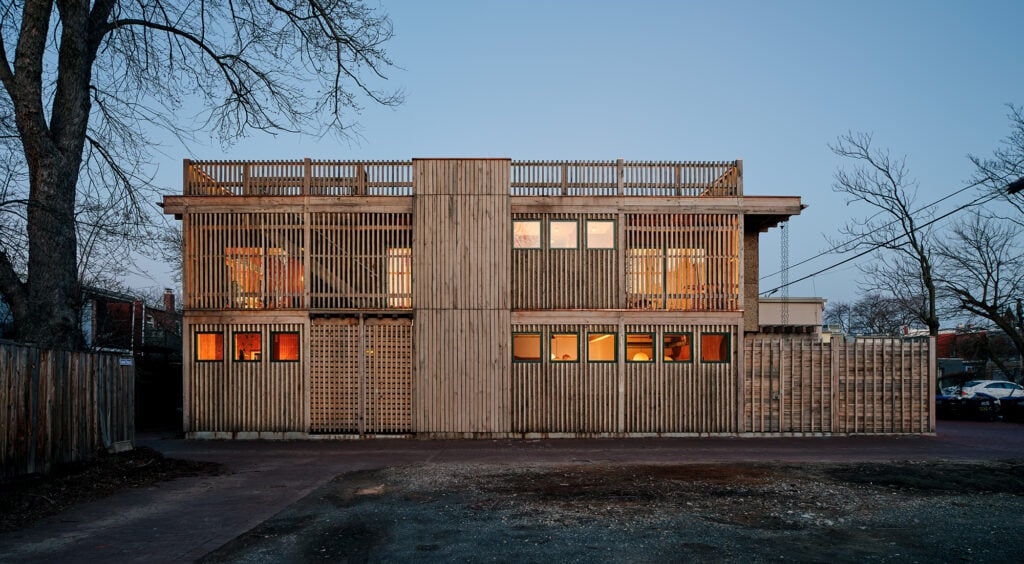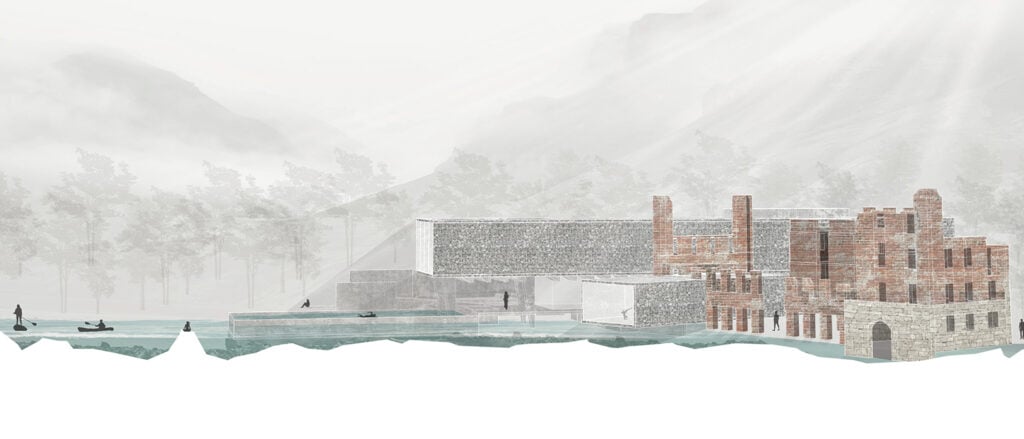
December 8, 2021
26 Case Studies in Design for Impact
There is a sustainability revolution underway. At the World Economic Forum’s Davos Agenda 2021 event earlier this year, Bain & Company chairman Orit Gadiesh warned: “With consumers and investors demanding significant change, profit pools shifting away from incumbents to insurgents, and even the most carbon-heavy companies making net-zero pledges, executives ignore this revolution at their peril.”
Real estate is an essential tool in this revolution. The building industry accounts for 40 percent of the world’s carbon emissions, yet it can also have an outsize influence on people’s health and happiness. For any organization or individual interested in making a positive impact in the world, architecture and interior design can show the way forward.
Design for Impact showcases a comprehensive cross section of projects that are driving incredible positive outcomes in energy reduction, carbon reduction, health, economy, and community. Taken together, they offer some vital insights into the state of responsible design and construction:
Certifications are important, but outcomes are critical. Systems like LEED, the WELL Building Standard, Fitwel, and the Living Building Challenge provide benchmarks and standards for sustainable, efficient, and people-centered facilities and spaces. But the ultimate success of any project lies in its real-world impact.
The “green premium” is a thing of the past. Architects and designers now know how to create spectacular, sust-ainable spaces at low or no additional cost, whether it’s schools, workplaces, hospitals, hotels, community centers, or homes. Moreover, upfront investments in resilient and responsible development and construction generally pay for themselves within a matter of a few months or years—generating savings for the rest of the project’s life.
We can make a holistic positive impact with buildings. For many years, executives, developers, and facilities managers remained focused on saving energy through smart design, but now we know that the right real estate decisions can have far-reaching impacts on health, pro-ductivity, and community as well.
Add those up, and you can see why every building and interior space we create in the future must follow the example set by the 26 case studies in this book. The teams behind the projects that follow are heroes, working tirelessly toward the goal of a healthy, just, and sustainable world.
We hope you find inspiration—and future partners and collaborators—through Design for Impact.
Would you like to comment on this article? Send your thoughts to: [email protected]
- No tags selected
More in Sustainability
Profiles
BLDUS Brings a ‘Farm-to-Shelter’ Approach to American Design
The Washington D.C.–based firm BLDUS is imagining a new American vernacular through natural materials and thoughtful placemaking.
Products
Discover the Winners of the METROPOLISLikes 2025 Awards
This year’s product releases at NeoCon and Design Days signal a transformation in interior design.
Profiles
These Architecture Students Explore the Healing Power of Water
Design projects centered on water promote wellness, celebrate infrastructure, and reconnect communities with their environment.





